Content by Philip Rozeboom
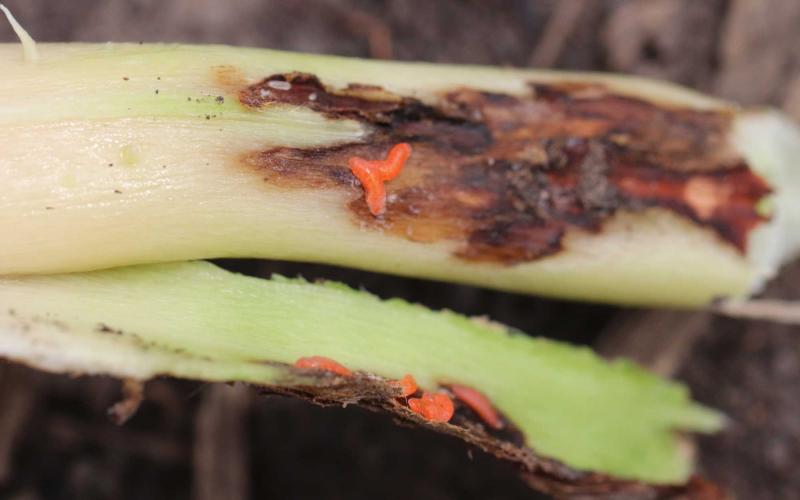
Soybean Gall Midge in South Dakota
Fact sheet about soybean gall midge in South Dakota
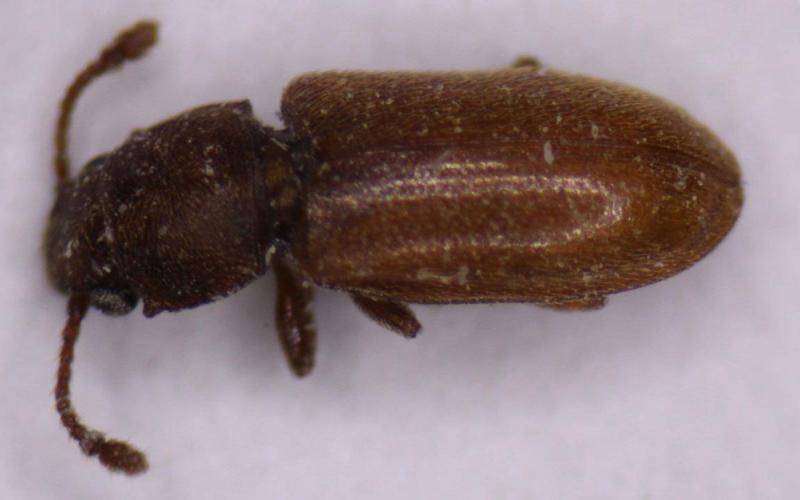
Foreign Grain Beetles in New Construction
As new homes are constructed around South Dakota, we continually receive questions about small, brown insects showing up in bathrooms and basements. These insects are foreign grain beetles.
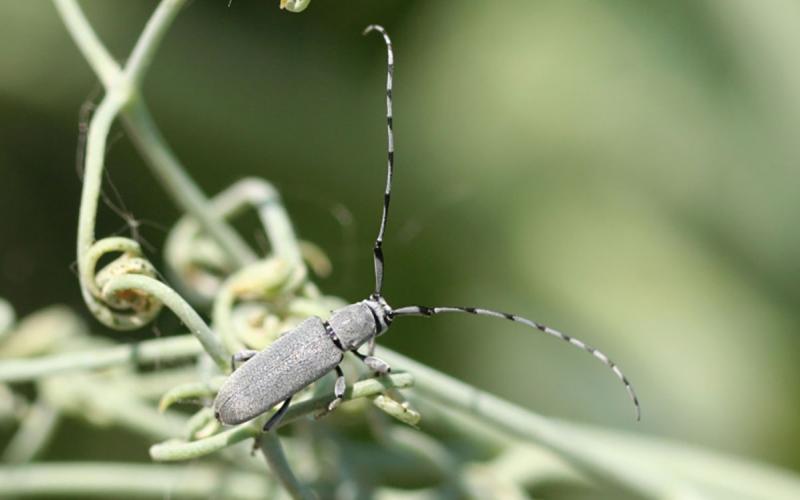
Dectes Stem Borer in Soybean
Although Dectes stem borers are more of an issue in South Dakota sunflower, they can also infest soybean. Thier larvae may cause soybean yield losses due to their feeding activity in the pith of the stem and also due to late-season lodging.

Chlorpyrifos Tolerances Revoked by U.S. Evironmental Protection Agency
In August 2021, a final rule was released by the U.S. Environmental Protection Agency for the insecticide active ingredient chlorpyrifos. The rule revoked all tolerances for chlorpyrifos.
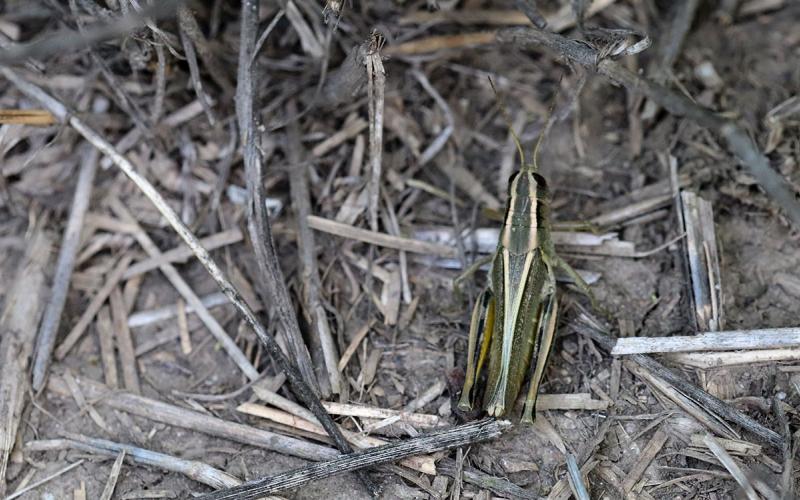
Grasshoppers in Gardens
Due to large populations and dry conditions, grasshoppers are moving into gardens and feeding on whatever they can find. In a normal year, grasshoppers can be a nuisance in a garden, but during an outbreak year, they can present a real threat to gardens, shrubs and small trees.
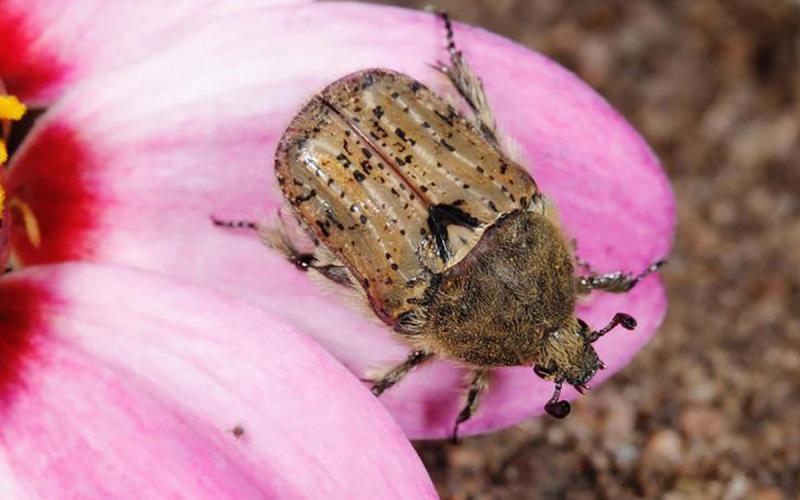
Bumble Flower Beetles Are Here
One of the insects that starts to attract attention this time of year are the bumble flower beetles. These large and noisy beetles somewhat resemble June beetles, but they show up later in the season.
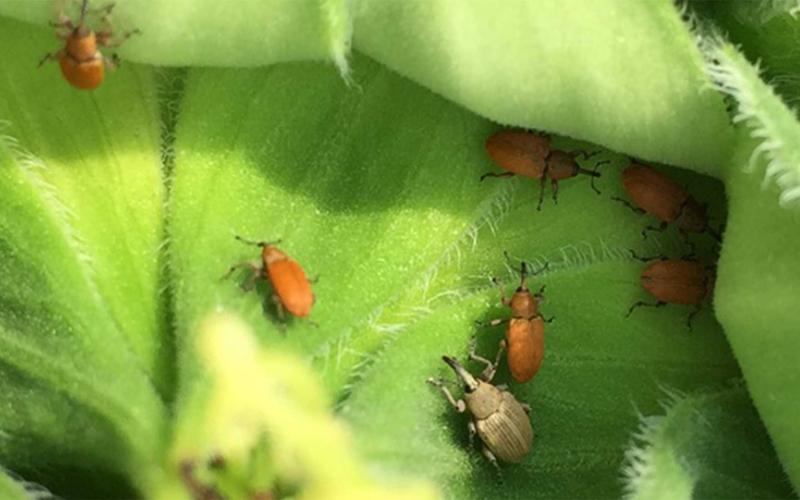
Red and Gray Sunflower Seed Weevil Identification
While scouting sunflower, it’s not uncommon to observe both red and gray sunflower seed weevils on the same developing head. Differentiating these two species isn’t difficult, as there are obvious size and coloration differences.
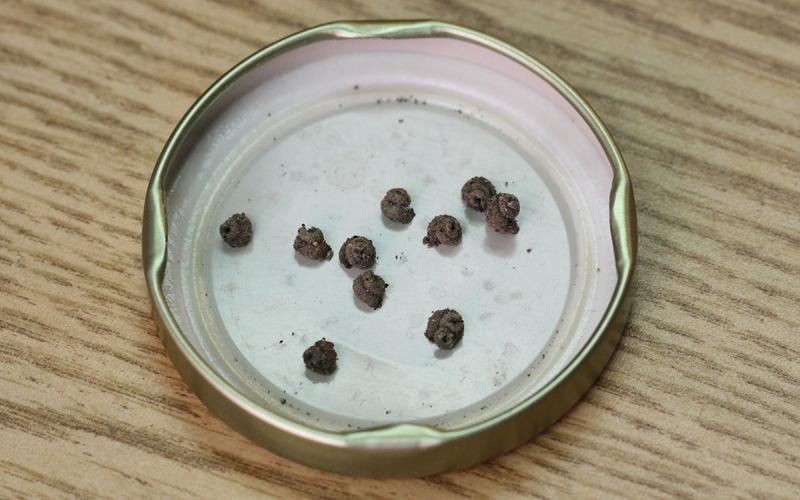
Snailcase Bagworms in South Dakota
A unique insect that has been observed in South Dakota is the snailcase bagworm. Snailcase bagworms are wingless moths that spend their entire life in spiral-shaped “snail” cases, which they build around themselves using a combination of silk, soil particles and fecal matter.
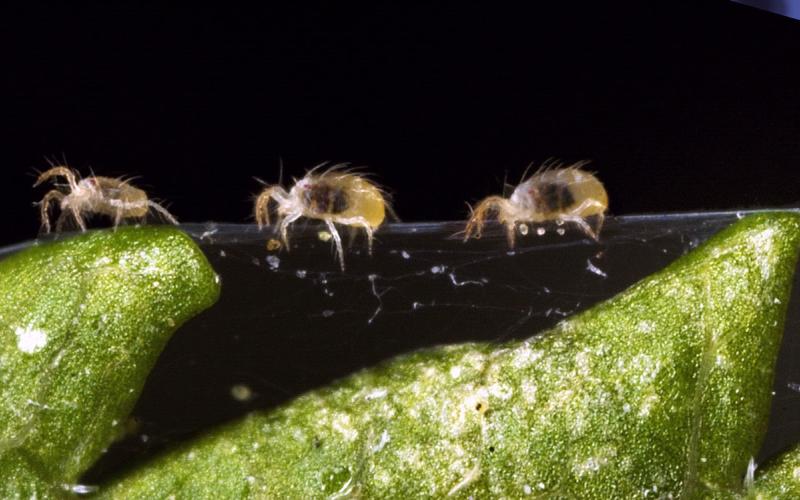
Two-Spotted Spider Mite Populations Reaching Threshold
Drought conditions have continued and worsened in much of South Dakota during this season. As a result, two-spotted spider mite populations have been present in most fields and have recently had large population growth in soybean fields throughout the state.
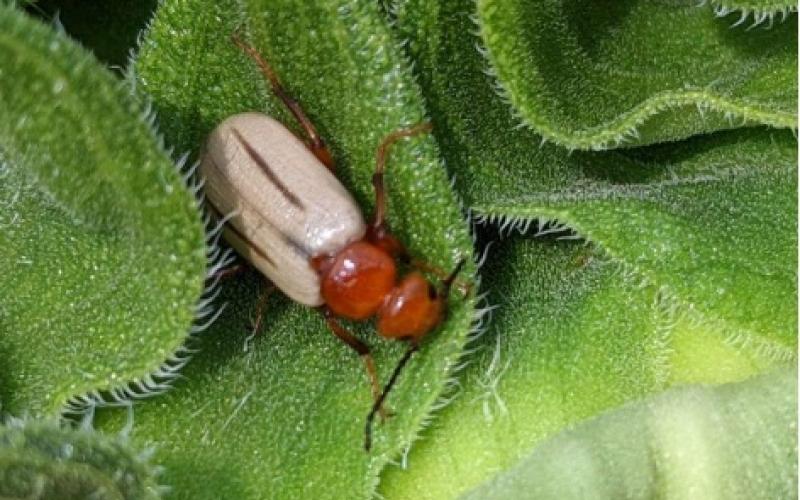
Zonitis Bilineata on Sunflowers
While scouting sunflower last week we noticed beetles that were present throughout the field on the developing buds. These beetles weren’t feeding on the buds or the bracts that they were often on. So, what were they doing on the sunflowers?